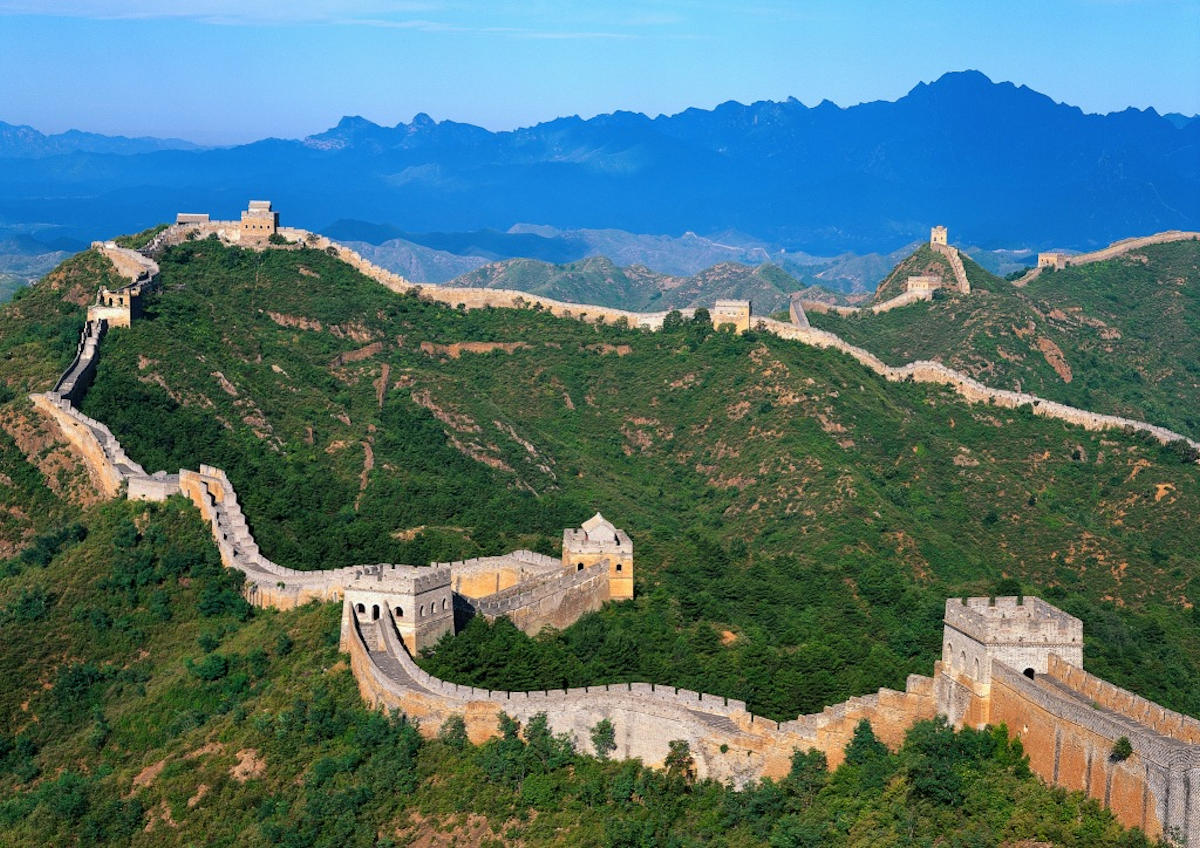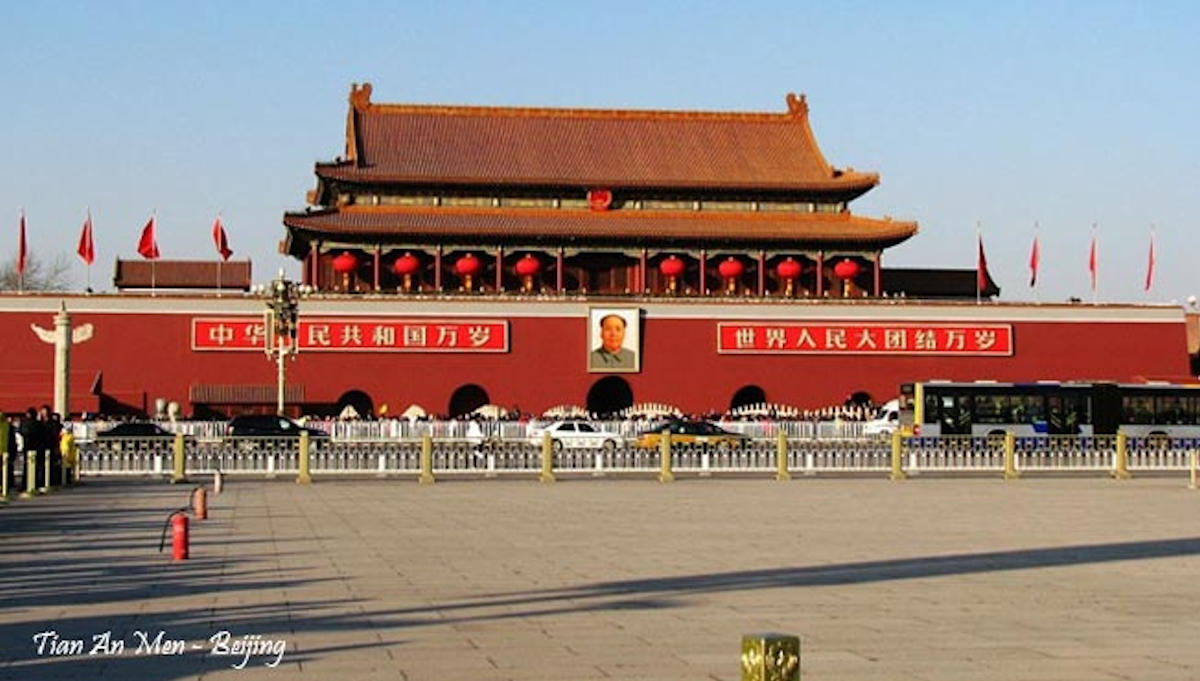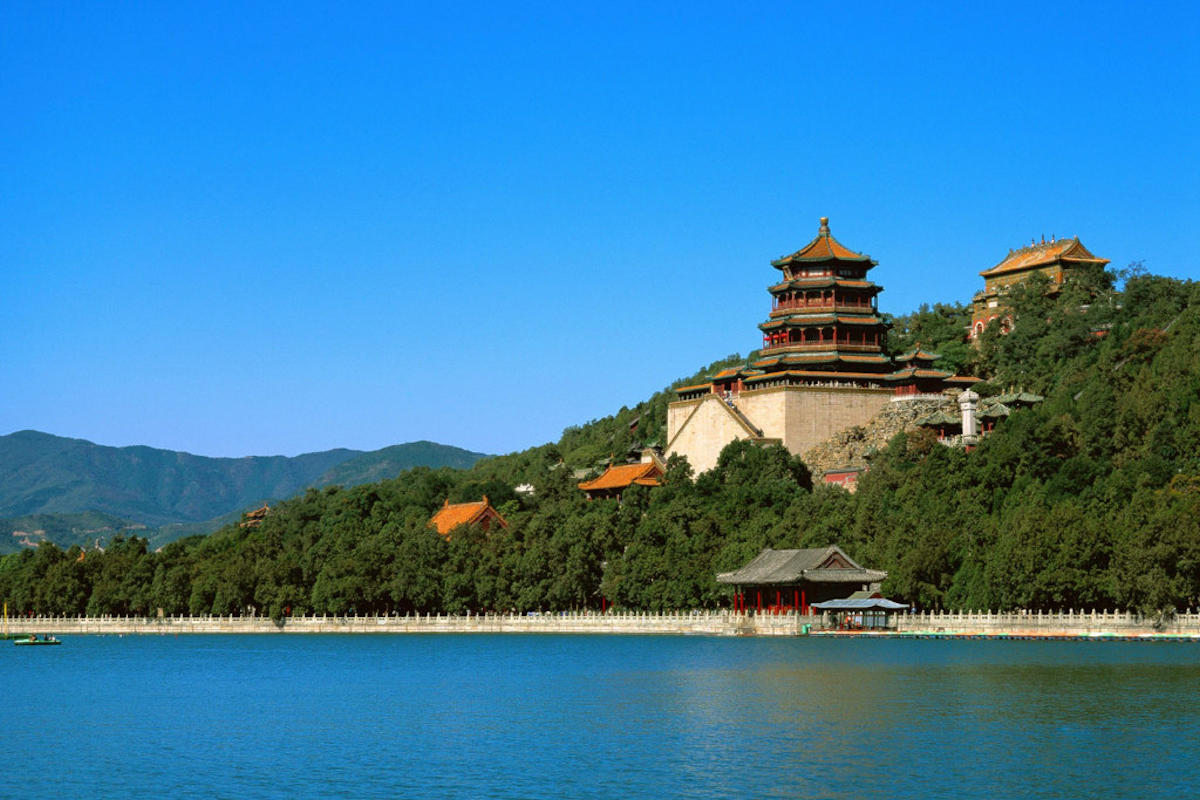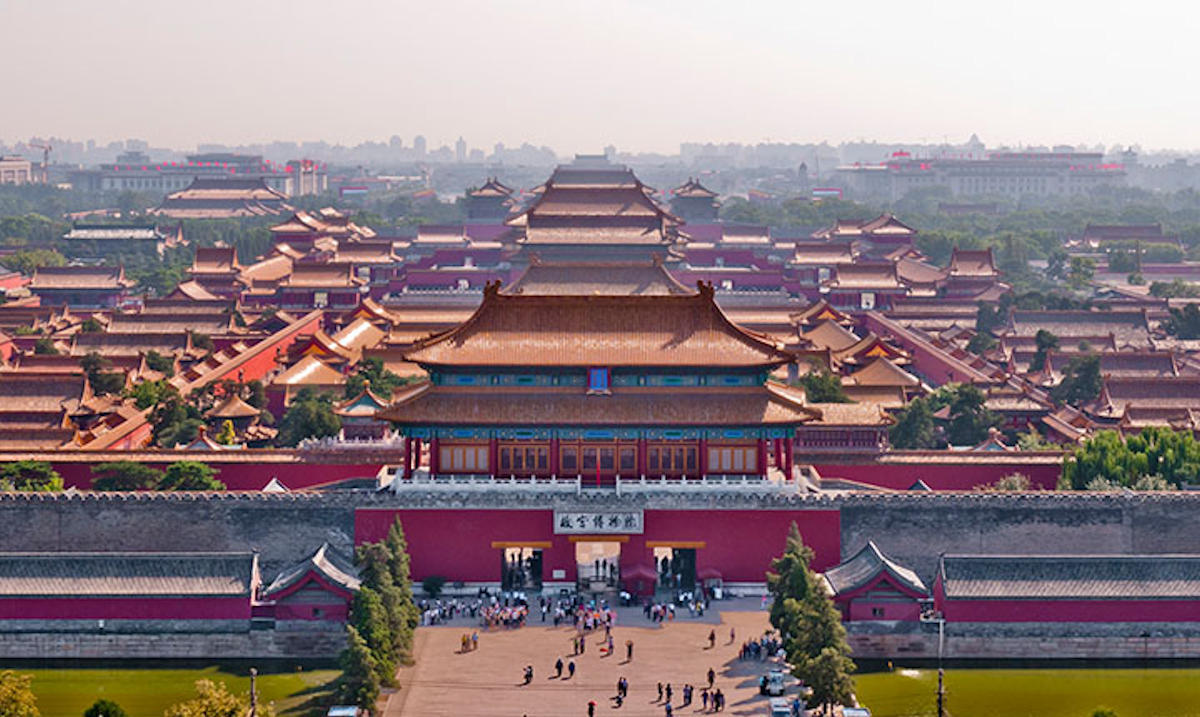Great Wall
 A Chinese saying goes that He who has never been to the Great Wall is not a true man. If we laid the bricks and rocks used in the Great Wall of Ming to form a wall one meter (1.1 yard) wide and five meters (16.4 feet) high, it could circle the earth at the equator with great ease. It is such a spectacular and formidable architectural feat that anyone who comes to China should not miss under any circumstances. The Badaling Great Wall, constructed in 1502 (during the Ming Dynasty), once served as a crucial military fortification, and is now the most impressive and representative section of the striking Great Wall. It is about 70 kilometers (43.4 miles) away from the downtown area of Beijing. As Badaling was once an important military strategic point, the wall here is comparatively high and firm. The wall is 3,741 meters (2.3 miles) long and equipped with dense watchtowers. The height is about 8.5 meters (27.9 feet) and the wall slopes inward as height increases. Besides, the wall is 6.5 meters (21.3 feet) wide at its base, and its rim spans about 5.7 meters (18.7 feet) across.
A Chinese saying goes that He who has never been to the Great Wall is not a true man. If we laid the bricks and rocks used in the Great Wall of Ming to form a wall one meter (1.1 yard) wide and five meters (16.4 feet) high, it could circle the earth at the equator with great ease. It is such a spectacular and formidable architectural feat that anyone who comes to China should not miss under any circumstances. The Badaling Great Wall, constructed in 1502 (during the Ming Dynasty), once served as a crucial military fortification, and is now the most impressive and representative section of the striking Great Wall. It is about 70 kilometers (43.4 miles) away from the downtown area of Beijing. As Badaling was once an important military strategic point, the wall here is comparatively high and firm. The wall is 3,741 meters (2.3 miles) long and equipped with dense watchtowers. The height is about 8.5 meters (27.9 feet) and the wall slopes inward as height increases. Besides, the wall is 6.5 meters (21.3 feet) wide at its base, and its rim spans about 5.7 meters (18.7 feet) across.
Tiananmen Square
 Tiananmen Square is the geographical center of Beijing City. It is the largest city square in the world, occupying an area of 440,000 square meters (about 109 acres), and able to accommodate 10,000,000 people at one time. In the center of the Square stands the Monument to the People's Heroes, which commemorates the martyrs who devoted their lives to the Chinese people. It reaches 37.94 meters (124 feet), the biggest monument in Chinese history. The body is made of hardy granite and surrounded by white balusters. Tiananmen Tower in the south was built in 1417 during the Ming Dynasty (1368-1644). During this dynasty and the following Qing Dynasty (1644-1911) it was the place where proclamations were issued to the whole nation. While ordinary people were prohibited from entering the tower, now tourists with tickets are permitted to climb it. It has five arched gates and nine principle hall columns. With the delicately carved white marbles on its base and yellow tiles on the roof, the tower is quite resplendent. Under the tower flows the limpid Jinshui River, across which seven exquisite bridges are perched, namely the Golden Water Bridges.
Tiananmen Square is the geographical center of Beijing City. It is the largest city square in the world, occupying an area of 440,000 square meters (about 109 acres), and able to accommodate 10,000,000 people at one time. In the center of the Square stands the Monument to the People's Heroes, which commemorates the martyrs who devoted their lives to the Chinese people. It reaches 37.94 meters (124 feet), the biggest monument in Chinese history. The body is made of hardy granite and surrounded by white balusters. Tiananmen Tower in the south was built in 1417 during the Ming Dynasty (1368-1644). During this dynasty and the following Qing Dynasty (1644-1911) it was the place where proclamations were issued to the whole nation. While ordinary people were prohibited from entering the tower, now tourists with tickets are permitted to climb it. It has five arched gates and nine principle hall columns. With the delicately carved white marbles on its base and yellow tiles on the roof, the tower is quite resplendent. Under the tower flows the limpid Jinshui River, across which seven exquisite bridges are perched, namely the Golden Water Bridges.
Summer Palace
 The Summer Palace, Yiheyuan in Chinese, is the most celebrated imperial garden in China. The garden came into existence in the early 1750s and had once been a summer resort for the emperors. It is acclaimed as a museum of gardens in China, because a visit to this garden bestows on sightseers a glimpse of representative scenes all over China.
The Summer Palace, Yiheyuan in Chinese, is the most celebrated imperial garden in China. The garden came into existence in the early 1750s and had once been a summer resort for the emperors. It is acclaimed as a museum of gardens in China, because a visit to this garden bestows on sightseers a glimpse of representative scenes all over China.
Forbidden City
 The Forbidden City is a palace complex in central Beijing, China. The former Chinese imperial palace from the Ming dynasty to the end of the Qing dynasty (the years 1420 to 1912), it now houses the Palace Museum. The Forbidden City served as the home of emperors and their households as well as the ceremonial and political center of Chinese government for almost 500 years.
The Forbidden City is a palace complex in central Beijing, China. The former Chinese imperial palace from the Ming dynasty to the end of the Qing dynasty (the years 1420 to 1912), it now houses the Palace Museum. The Forbidden City served as the home of emperors and their households as well as the ceremonial and political center of Chinese government for almost 500 years.